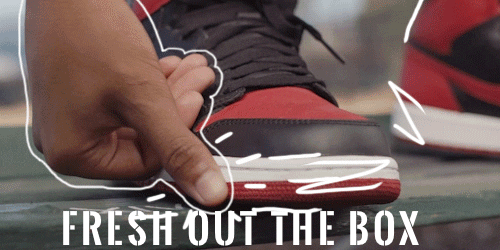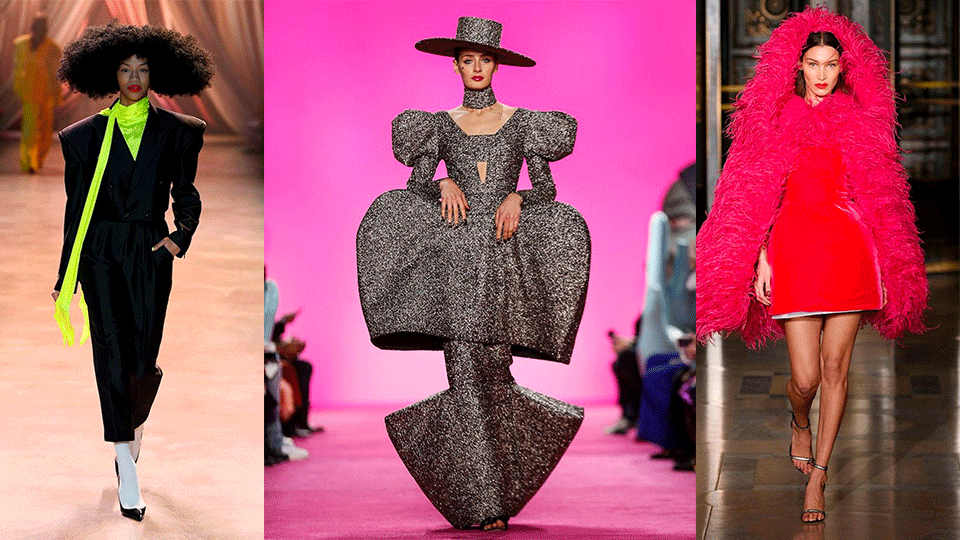- À New Wave to Fashion, À New Way of Living. Download Now on iOS Android Canada SS22
- hello@alahausse.ca
Sustainable Sneakers: The #HAUSSEPEOPLE Guide to Become an Eco-Friendly Sneakerhead

A Uniform Inspired Methodology with ÀLA.HAUSSE
March 19, 2021
ÀLA.HAUSSE Presents: Your Complete #HAUSSEPEOPLE’s Introductory Guide Part 3: The Environment
March 26, 2021
Written by: Sheila Lau
A new parcel arrives at your door. You open it up, itching to get at the item within. You hold your breath, pull back the wrapping paper… and a brand-new pair of Jordan 1 sneakers peep through! The smell of the fresh rubber, the touch of the soft leather, the vibrancy of the bright colours – face it, us sneakerheads love the high of gaining some new kicks.
Unfortunately, chasing this high comes at a steep cost (no, I’m not just talking about the price point). I’m talking about the environmental cost – the hidden cost no one told me about.
Did you know each pair of trainers emits 13 kg of CO2? That’s equivalent to keeping your lights on for one week straight! And that’s just for one pair of runners. Adidas, alone, sold 8 million pairs of Stan Smiths in 2015. Nike sells 25 pairs of shoes every second (that’s more than 400 million pairs sold each year). It’s no wonder that the footwear industry accounts for 700 million metric tons of greenhouse gas emissions each year.
So, let’s break it down. Why are our beloved sneakers so bad for the environment? What is the industry doing about it? Most importantly, what can we as consumers do about it?
The Eco Footprint of Sneakers
Unlike other types of footwear, sneakers leave behind a much larger carbon footprint because it is made up of so many different parts. Think about it: your sneakers have hundreds of little pieces that are a mixture of leather, nylon, rubber, and various plastics. All of these pieces need to be assembled together through stitching, gluing, injection molding, foaming, and heating. In fact, researchers from MIT found that more than two-thirds of the carbon footprint of runners comes from the manufacturing process.
There’s another problem with fusing so many different materials together – this is exactly why sneakers are so hard to recycle. It’s too difficult to separate all these distinct materials, so our sneakers end up as trash in our landfills.
Changes in the Sneakers Industry
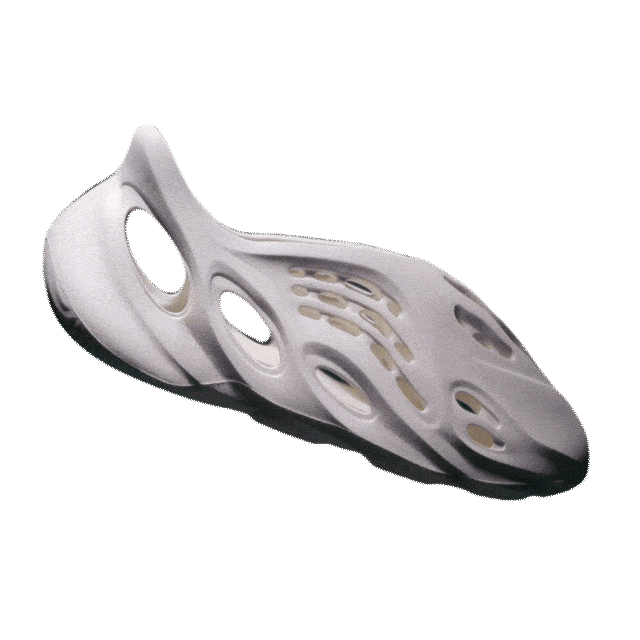
Since the 1990’s, Nike has launched the Reuse-A-Shoe program that collects old shoes from consumers, grinds them up, and transforms them into materials for basketball courts, running tracks, and more. While this is definitely better than simply trashing millions of old sneakers, it still doesn’t reduce the eco-footprint of sneakers (remember — most of the impact comes from the manufacturing process).
Athletic footwear designers are striving towards a less-is-more philosophy: using the minimum amount of materials so there are fewer pieces to glue together; using only one type of material so shoes can be easily recycled; and, using only natural products or recycled products to reduce waste. Adidas’s “Futurecraft Sneaker” fits this description. It is made up of only one type of material that can at least be partially recycled. Nike has also been keeping busy. In 2018, Nike was named as the brand that used the most recycled plastics in the industry; from 2010-2018, Nike converted 6.4 billion plastic bottles into footwear and apparel.
Not only this, but future technology promises to make significant advancements. As weird as it sounds, brands are experimenting with mushrooms to grow the materials needed to produce our sneakers (aka biofabrication). 3D printing allows an entire shoe to be made from just one material. This means that when the shoe is completely grinded down and melted, it will not degrade in quality and can be remade into a brand new shoe again. This all sounds so exciting, doesn’t it?
But, let’s go back to our main question. What can we do now to become more eco-friendly sneakerheads?
Sneakerhead Power: What Can We Do?
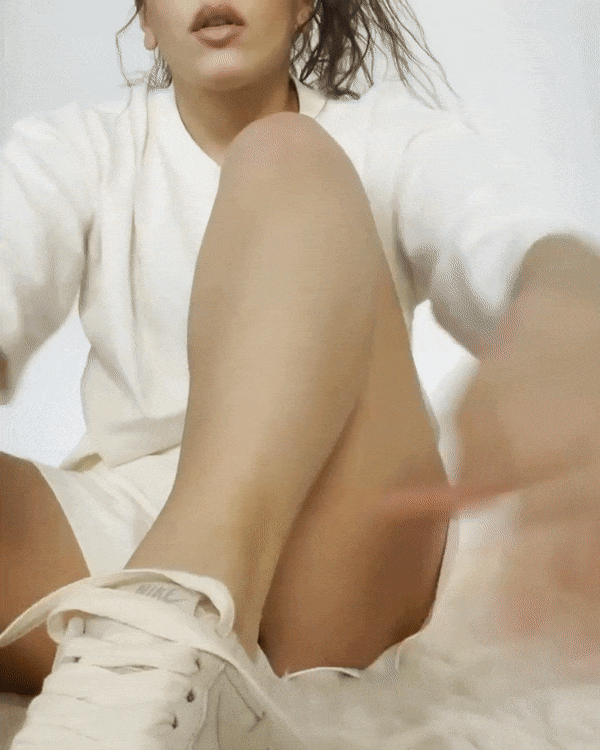
The obvious answer is to stop buying sneakers altogether, right?
Not necessarily. The key to being an eco-friendly sneakerhead is to shop smarter and to shop slower.
1. Buy Classic Styles
Rather than chasing trends that may only last a season or two, buy classic styles that you can wear for a longer period of time. Classic styles tend to match more outfits, giving you a better bang for your buck!
Look for a classic white low-top. There’s a reason why they’re so popular.
2. DIY & Repurpose Your Shoes
Don’t want the same-old sneakers as everyone else? Get creative and change up the appearance of your shoes. Lace up your kicks with some different colours from other sneakers you own. Make some sneaker charms from items lying around your house.
3. Keep Your Sneakers Fresh
Taking care of your shoes will make sure they last you longer and don’t break as fast. Be diligent in washing off mud and polishing off stains. Brush gently on fabric materials and properly care for the leather parts.
4. Look for Eco-Friendly Sneakers
We are lucky to have plenty of sustainable alternatives around us. Buy chrome-free leather, vegetable tanned leather, or leather alternatives (e.g. Piñatex is made from pineapple leaves) instead of the traditional chrome-tanned leather. Look for brands that use up the scrap materials that are leftover from the manufacturing process rather than throwing them out. Shoes whose soles are made of natural or wild rubber can help the fight against deforestation. Recycled PET or textiles like wool, organic cotton, hemp, or jute are more eco-friendly than nylon or polyester.
To help you start your search, here are some brands you can consider.
- Veja uses organic cotton, vegetable tanned leather, recycled plastic, wild rubber, jute, and hemp in their sneakers.
- Po Zu makes sneakers out of Piñatex, organic cotton, wood, coir (a mix of coconut husk and natural latex), cork, chrome-free leather, and natural rubber in a completely toxic-free factory.
- Nike’s Flyleather technology is made from the extra cowhide leftover from manufacturing.
- Both Adidas and Stella McCartney partnered with Parley which upcycles marine plastic waste from islands, beaches, and coastal communities.
- Allbirds makes shoes with merino wool, eucalyptus trees, sugar cane, recycled plastics, and castor-bean oil.

5. Check Your Brand
You can check how your favourite brands fare on their ecological impact. Independent NGO’s like Better Shoes Foundation and Good on You provide a way for you to see if the brand is sticking to sustainable practices. Good on You further breaks it down and rates each brand on how it affects the planet, how ethical its labour practices are, and how vegan-friendly it is.
Some brands take the extra step and become Certified B Corporations. B Corp certifications are given to companies that meet the required standards of social and environmental performance, public transparency, and legal accountability. Some notable brands include Allbirds, Etiko, TOMS, and Veja.
6. Resell/Rebuy Your Shoes
Secondhand markets are a great place to go to find your new pair of kicks or find a new home for your old sneakers. Buying secondhand also means that you are directly saying no to excess production. And, you are doing your part to slow down the fast fashion cycle. That’s a win-win in my books!
To help you out, ÀLA.HAUSSE’s mobile app offers you the platform to sell your old shoes and buy the kicks you’ve been dying to get your hands on. Through ÀLA.HAUSSE, individuals and brands can rebuy, resell, reuse, and upcycle their personal “clossets” (aka clothing assets), overstock inventory, and samples. Not only will you look good sporting your new kicks, but you’ll feel good too!
So let me ask you again, are you ready to become an eco-friendly sneakerhead?
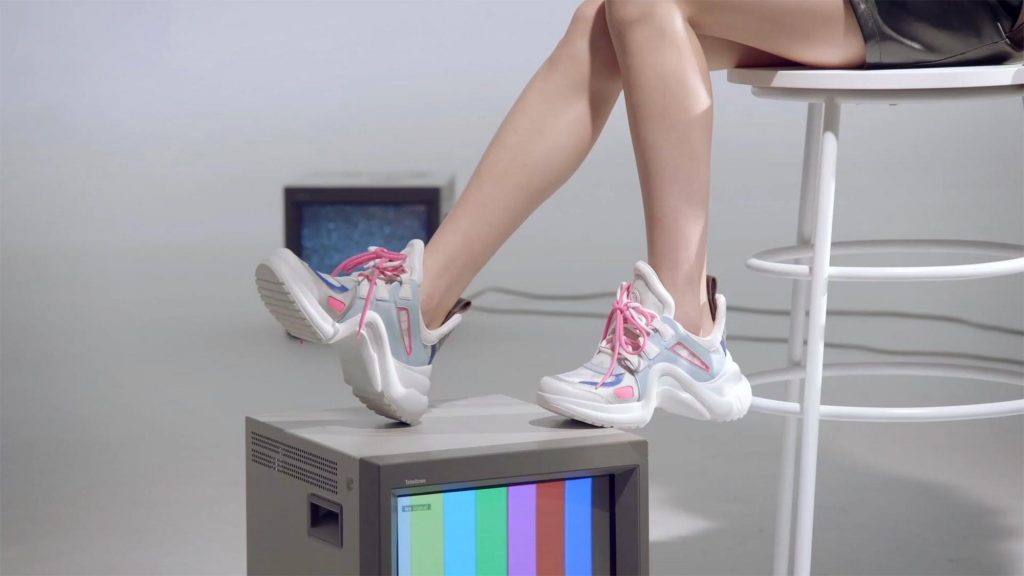
Via ÀLA.HAUSSE‘s Multi-functional and Multi-purposeful Fashion Ecosystem- BUY/SELL/RENT/LEND/ (swap BETA 2021) mobile application, INDIVIDUALS & brands ( BETA 2021) are encouraged to REBUY, RESELL, REUSE and UP-CYCLE their personal “Clossets” aka Clothing Assets, along with overstock inventory and samples. Through this consumerism habit shift we indirectly slow down the urgency on fashion’s carbon footprint, aiding sustainability as a whole.
BETA Early Access Application Now Open for CA Fashion Lovers: Apply Now for LAST CALL
#ALAHAUSSE #WEARYOURPURPOSE #HAUSSEPEOPLE

